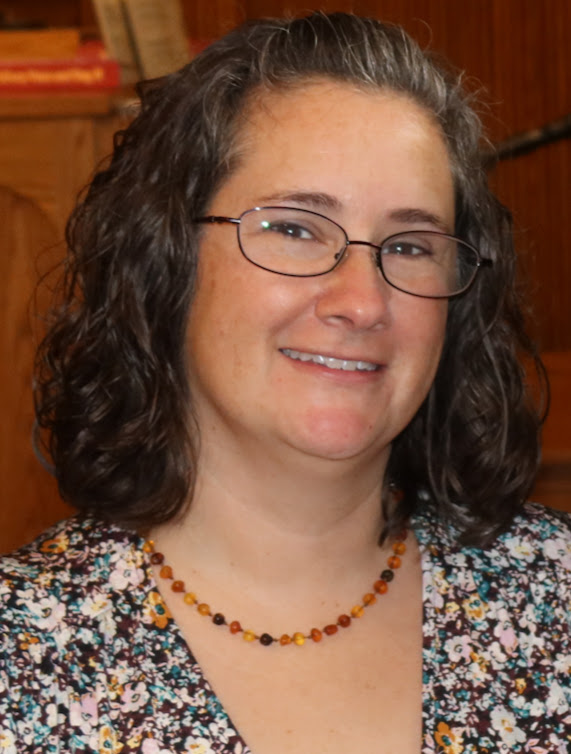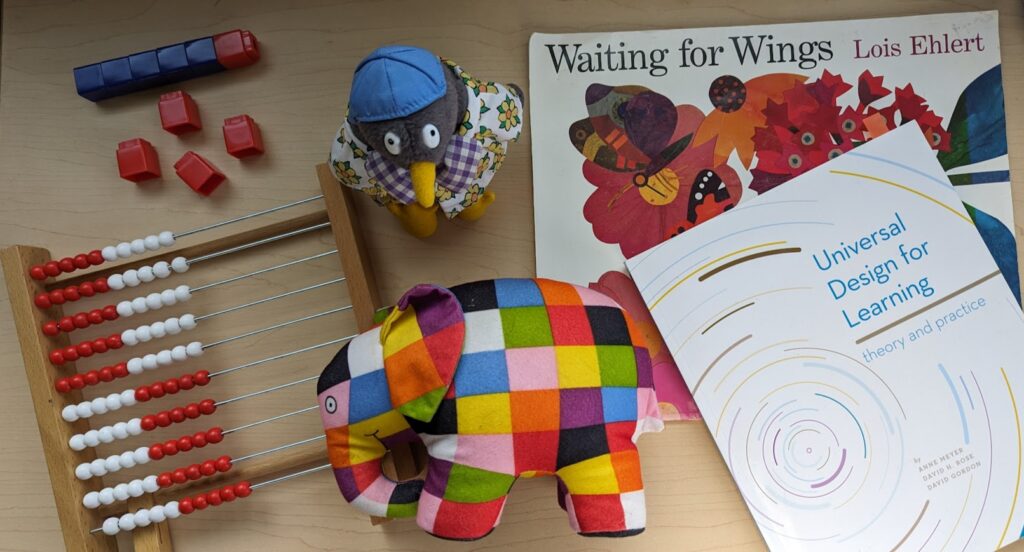LauraMarie Coleman

My name is LauraMarie Coleman. I have been working in the field of education for over 20 years. My classroom experience includes working with special education students from Kindergarten through 10th grade in self-contained and inclusive settings. I have supported teachers and students in traditional, alternative, and special education settings as a classroom teacher, professional development specialist, and instructional coach. I have extensive experience working with students who are diagnosed with specific learning disability, autism spectrum disorder, intellectual disability, multiple disabilities, emotional disturbance, and traumatic brain injury. I also have worked with populations who take the alternate assessment and grades 3 through 8 state assessments in districts across the country. In addition to my experiences as an educator, I am also the parent of two children with learning disabilities. I believe my experiences being their mom have greatly influenced and shaped my approach to education.
My Classroom Experience:
- Kindergarten self-contained
- Alternative and Special Education Work Study Program (Grades 9-10)
- Out-of-District, 8:1:1 self-contained classroom for students with severe, multiple disabilities (primary and intermediate students)
- Self-contained classroom with inclusion for students with Autism (Grades 3-5)
Professional Development and Instructional Coaching Experience:
- Instructional Coach for Great Minds
- Professional Development and Implementation Support Specialist for Great Minds
- Literacy and Mathematics Professional Development Team Leader Broome Tioga BOCES
- Instructional Coach, Broome Tioga BOCES literacy and mathematics for Grades K-8 and NYSAA
Education
- B.A. Teacher of the Handicapped from Kean University
- M.S. Education, Special Education, Childhood from SUNY Binghamton University
Teach2Abilities Purpose, Mission, and Vision

Purpose: I created Teach 2 Abilities because every student should experience learning that starts at a place of success where all students use what they know to access grade-level content.
Vision: Advocating for parents to improve communication and collaboration between parents and working with teachers and schools to apply Universal Design for Learning principles and intentionally designed, differentiated instruction will create opportunities for all students to engage with content, explore new learning, and demonstrate what they know.
Mission: Teach2Abilities will partner with families and schools to improve student outcomes and ensure that all students experience equitable and engaging learning experiences. Special education advocacy will elevate parent involvement in the IEP and 504 process by fostering positive and proactive communication and collaboration focused on students’ strengths and needs. Professional development sessions, goal-focused instructional coaching, Professional Learning Community(PLC) meetings for planning instruction for teachers will improve student outcomes, and support for district leaders and coaches to build capacity and empower teachers so all students can access grade-level standards.
Special Education Advocacy
As a person who has experience the special education process as both a teacher and a parent, I passionately believe that the right special education advocate can improve the school family partnership. There is no denying that parents are the ones who know their child best, but often the parent role can end up minimized in the process of defining IEP or 504 plans. The IEP and 504 process can become stressful and, at times, confrontational. Clear communication and parents having all of the necessary information to make informed decisions can be the key to a collaborative process that results in a cohesive plan that sets students up for success.
Universal Design for Learning
Designing accessible and empowering instruction for all students requires a few key elements. The first of these is Universal Design for Learning (UDL). A commitment to UDL means that all instruction is designed for a variety of learners. In the book Unlearning: Changing Your Beliefs and Classroom with UDL, the authors use the analogy of a buffet. They explain that all instruction should be designed like a buffet where any person, vegan, dairy free, gluten free, or meat eater, should be able to eat a balanced, healthy meal. (Posey and Novak 2020, 4) Posey and Novak also point out that fixating on labels, beyond using them to provide a variety of options, can lead us to make “false assumptions about our learners” (Posey and Novak 2020, 8).
Designing instruction with UDL principles in mind does not simply mean every lesson has a million choices. It is about intentional, goal-directed, instructional decisions. Through professional development and instructional coaching support, teachers can explore and grow their understanding of the three networks of the brain involved in learning, the affective, recognition, and strategic networks. Within these three areas, teachers can then design instruction with specific options to provide multiple ways for students to approach and interact with content.
Task Analysis and Learning Progressions
As teachers, we are very intentional about naming a specific objective for the lesson, but then the tasks we ask students to do during instruction often include many unrelated skill sets. For example, students can’t approach the mathematics in a word problem without reading. Likewise, students can’t explain the theme they have identified for a text without writing and language.
Task analysis is simply the process of breaking down any activity or task into all of its component parts. In order to solve a word problem during math class, the students need to read the problem, make sense of each statement, figure out how each piece of information provided in the problem is related to the other facts, decide what the question is asking, identify which operation(s) will be used to solve, complete the calculations, and put the numerical answer back into the context of the problem. In this example it is very evident that there is more to this process than reading and solving a math problem. Once a teacher identifies all of the elements of a task, then this can be used to analyze student work and thinking to identify where the student is struggling.
This moves the focus from task analysis to learning progressions. Once a teacher identifies which part of the task is the greatest struggle, then a specific path opens up for intervention. If a student can read the problem and is very good at calculation, but can’t figure out how the numbers or pieces of information fit together, intervention can focus on modeling before deciding how to find the solution. Working with a student on simply drawing a model, not solving, for a progression of problems with increasing complexity can provide the practice a student needs to move from their last point of success to grade-level content.
Using focused practice on the challenging element of a task or concept allows intervention to be targeted and more efficient. It validates that a student isn’t just “bad at math or reading.” This process helps a teacher identify with the student all the pieces of the process they complete effectively. This helps students own their successes, grow what they know, and identify where they need additional support.
Concrete-Pictorial-Abstract
The idea that students need to get their hands dirty as they dig in and explore new content is not new in the field of education. In both literacy and math being able to physically touch and manipulate numbers, letters, sounds, or parts of a writing piece can help students make sense of how things work. Whether it is understanding the properties of operations or the intricate and complicated rules and patterns of phonics in the English language, varied, multi-sensory experiences over time help students understand and internalize new information in a way that they can generalize and apply it.
In mathematics, the concrete-pictorial-abstract progression allows students to experience how numbers work. This progression helps students solidify their understanding of an operation in a way that is simple and easily connected to real life. This provides the understanding students need to generalize these concepts to more complex situations and units. For example, understanding how 2 frogs plus 2 frogs equals 4 frogs supports students in grade 4 as they learn that 2 fifths plus 2 fifths equals 4 fifths.
In literacy, the initial understanding of letters and the sounds they make in CVC words provides the foundation for approaching complex, content-specific vocabulary in middle and high school. Being able to syllabicate and manipulate the sounds of a two- or three-syllable word using phoneme cards on a blending board means that students have tools to approach, “biogeochemical,” in Biology. Understanding the structures of open and closed syllables along with the meanings of roots, prefixes, and suffixes sets students up for success in reading, defining, and pronouncing complex and multisyllabic words.
Ongoing Assessment Project (OGAP)
As a presenter and instructional coach for the Ongoing Assessment Project, I support elementary school teachers: bringing research-based practices into their math classrooms, building a greater depth of knowledge for mathematical content, and meeting student needs through formative assessment practices.